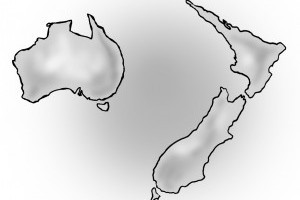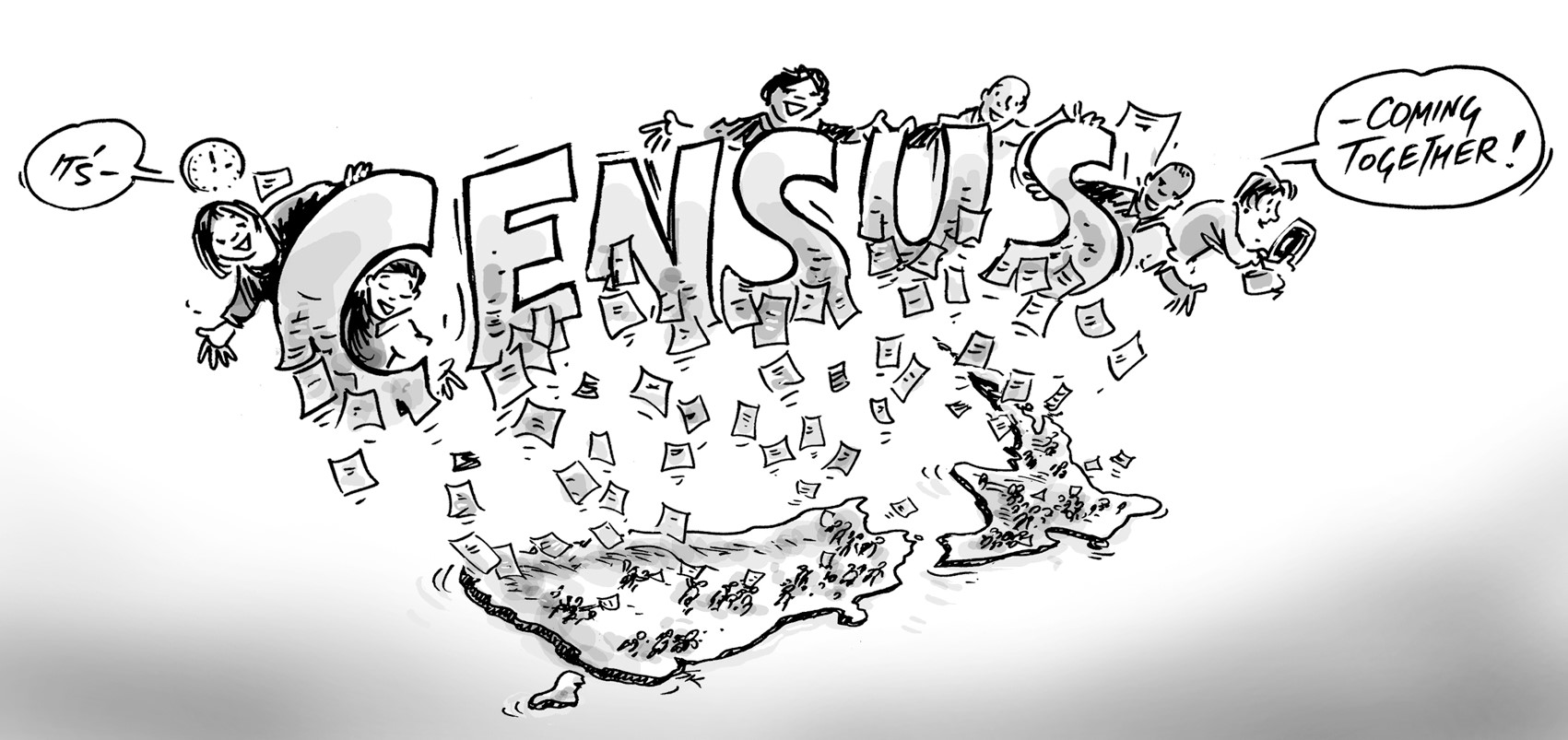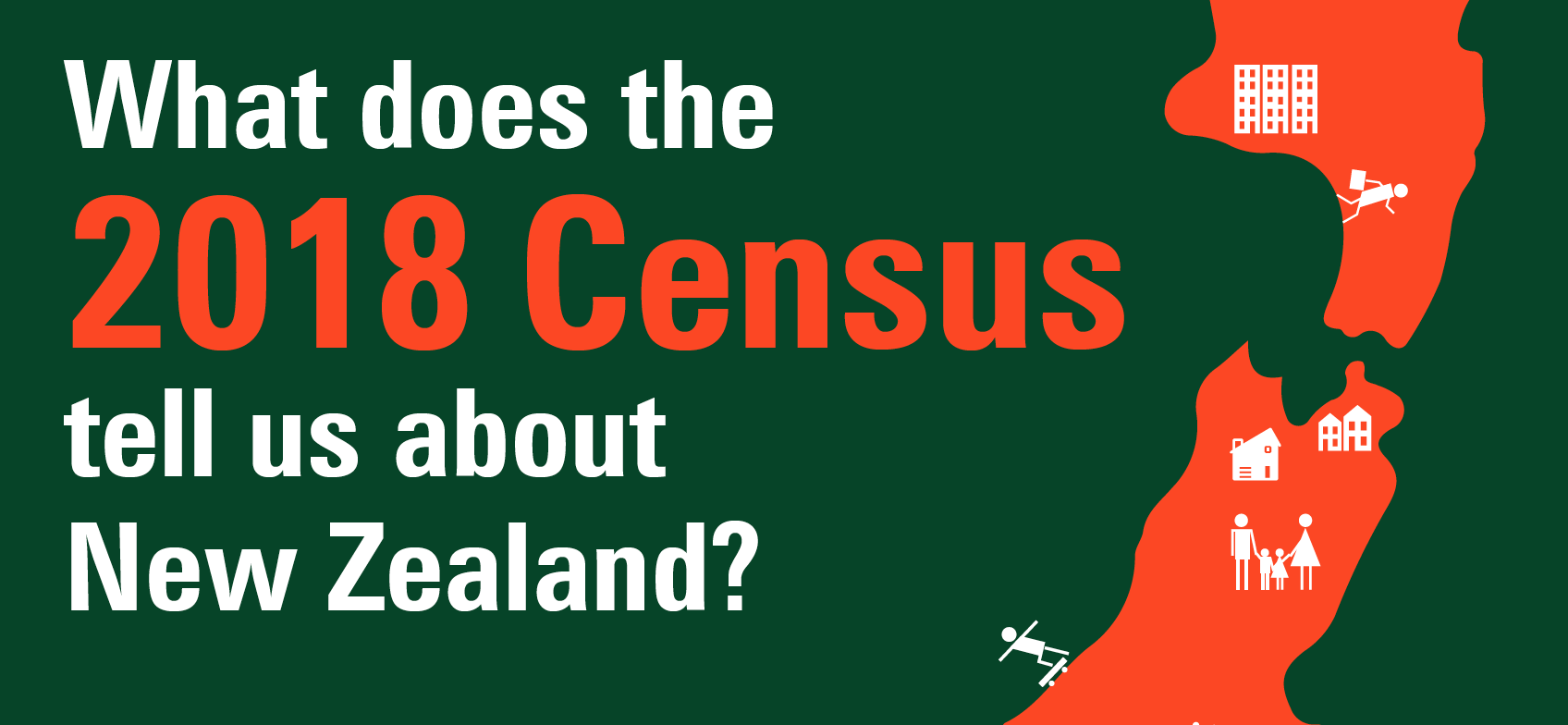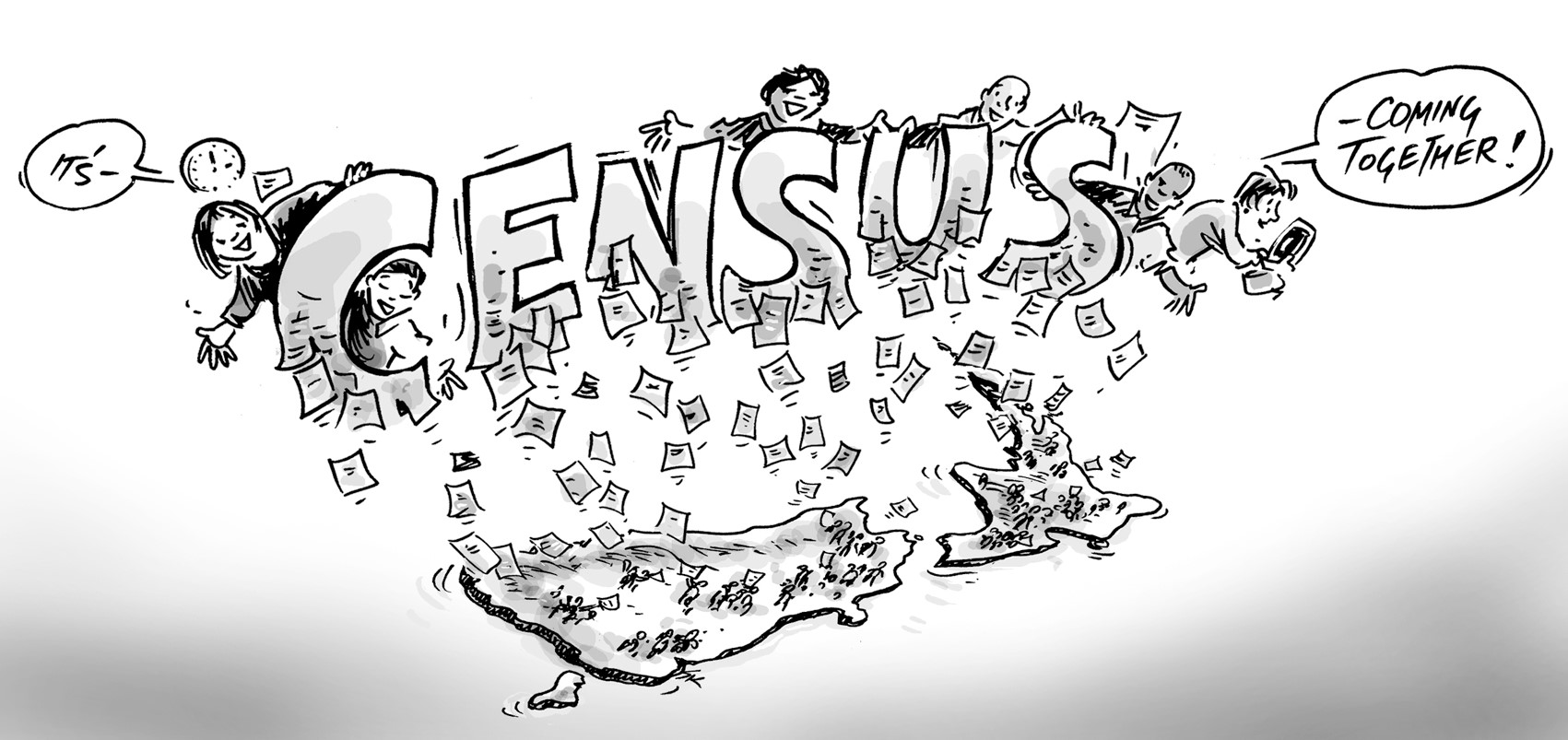I’ve been developing a fascination for the heady population growth figures of Auckland. The fascination is particularly strong after recently spending time in the deep south of the South Island and in the Far North, where population growth at any level is not a characteristic of most communities.

The area that is now Auckland Council grew by just over 235,000 during the 1996-2006 years. Of course not all of Auckland experienced the same level of growth. But, looking at time series data on population growth in Auckland local boards (there are 21 of them) during that time, only the small local board of Great Barrier registered a population decline. In contrast, most areas experienced growth that would be the envy of many small territorial local bodies. Howick was by far the largest increase numerically with the population swelling by just over 35, 000 (or an increase of 45.81%), a population increase which, in itself, was larger than the total population of many territorial authorities.
Howick stood out as a growth area, with the next four largest population increases recorded by Henderson-Massey (19,803), Manurewa(19,956), Upper Harbour (19,437), Waitemata (19,938). Interestingly, the latter two local boards Upper Harbour and Waitemata registered the largest proportional increases with 82.63% and 46.52% respectively.
For our Australian followers those growth figures will not be unusual, but for most of the balance of New Zealand, population increases of that magnitude are massive … hence my fascination.
As noted, not all areas in Auckland experienced double digit growth during the 1996-2006 census periods. Devonport-Takapuna had a relatively small population increase of 6.05%, but Orakei was the only other local board to experience a population increase of under 10%.
More people means more houses, and the corresponding increase in the number of private dwellings in the local board areas was similarly huge. Between 1996 and 2006, 82,923 new private dwellings were built in Auckland. Howick and Waitemata headed the local boards to have the most new dwellings, each with over 11,000 new houses. But interestingly, where you might expect the growth to roughly mirror the population increase, there were a couple of local boards where the proportional increase of private dwellings outweighed the population increase. Most notable was Waitemata which registered a 46.52% population increase, but during the same period private dwelling numbers increased by 71.97%. Digging a little deeper, occupancy and people per dwelling figures reveal Waitemata has a very different role and function within the wider Auckland area than say that of another leading growth area Howick.
Looking to the future, to the 2013 census results and beyond, Statistics New Zealand predict that growth in Auckland (and New Zealand) will slow over the next two decades. However, Auckland’s growth is likely to reduce more slowly largely due to a slightly younger population. By 2031, close to 40% of New Zealand’s population – some 2 million of a projected 5.2 million – will live in the Auckland region.
I hope they sort out the traffic problems by then.
Access our demographic resource centre to understand the population of local areas in New Zealand!












